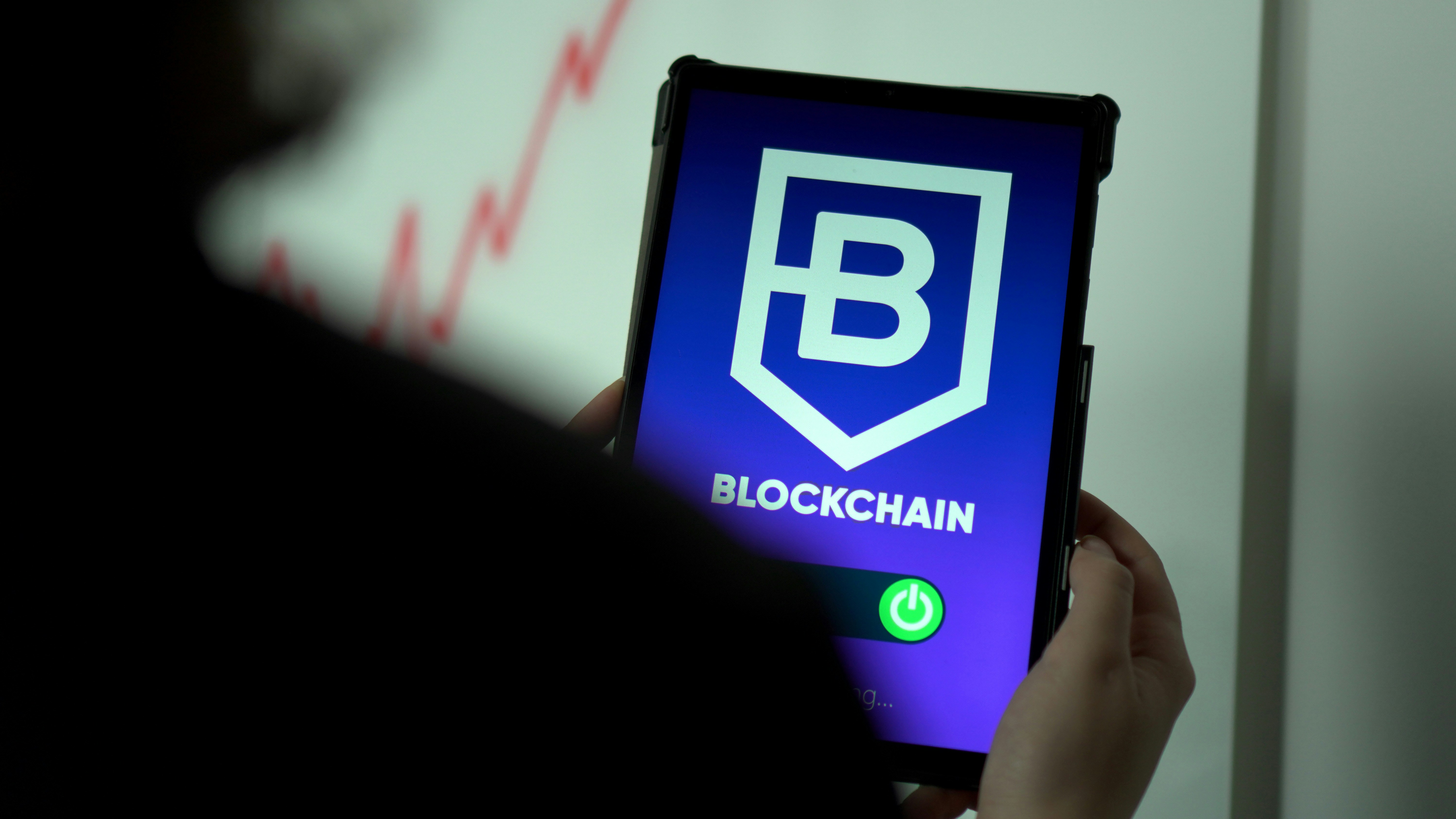
Next-Gen Blockchain Solutions That Enable Instant Global Payments
Cross-border payments often face setbacks from slow processing times and expensive fees, which can make it difficult to receive funds promptly. New blockchain technology changes this by enabling near-instant transfers while significantly reducing transaction costs. With immediate access to your money, you can manage your finances more confidently and avoid uncertainty about payment arrivals. The speed and efficiency of these modern systems align with the demands of remote work, allowing you to concentrate on your projects instead of worrying about when payments will clear. Fast, reliable payouts mean less stress and smoother financial planning for anyone working internationally.
These solutions utilize new consensus methods and network designs. They avoid slow settlement times seen in legacy rails. You get clear oversight on transaction status through on-chain tracking, too. With that transparency, you prevent hidden costs that eat into earnings. Fast, affordable, and visible—the core of what remote professionals need when they handle global payouts.
Details About Next-Generation Blockchain
Blockchains evolved beyond proof of work networks that prioritize security at the expense of speed. Today’s platforms adopt lightweight consensus and adaptable node structures. They process thousands of transactions per second. That increase in throughput easily bypasses network congestion that once blocked user payments.
They also incorporate programmable layers that support multi-currency transfers. You can swap native tokens and stablecoins within a single transaction. This on-chain exchange occurs in milliseconds. It eliminates third-party steps and risks tied to off-chain conversions. Clear settlement windows and instant clearing make these networks ideal for teams spread around the globe.
Core Features That Enable Instant Global Payments
- High Throughput: Many next-gen chains process between 1,000 and 100,000 TPS (transactions per second). That volume keeps payments moving even during busy periods.
- Atomic Swaps: They allow users to swap assets on-chain without external intermediaries. This feature reduces cross-currency payments into one straightforward action.
- Layer-2 Channels: Off-chain payment channels settle instantly and batch on-chain later. You transfer cash quickly, then record it efficiently.
- Native Stablecoins: Platforms create price-stable tokens to lock in value. This reduces volatility concerns during transfers.
- Interoperability: Bridges connect multiple blockchains. You access networks that suit your cost, speed or regional reach.
Advantages for Distributed Teams
- Zero Waiting for Settlements: Teams receive payments in minutes, not days.
- Lower Transaction Fees: You avoid high wire costs and hidden charges.
- Transparent Records: On-chain ledgers track every transfer. That clarity speeds up internal audits and expense reports.
- 24/7 Accessibility: Blockchains operate around the clock, so you make payments at any hour without banking cutoffs.
- Flexible Payout Options: You select tokens, stablecoins or native currency based on location and preference.
Steps to Set Up a Blockchain Payment System
- Research and Choose a NetworkEvaluate platforms like *Paxos*, *Stellar* or *Ripple*. Compare transaction speeds, partner integrations and regional coverage. Run test transactions to check real-world performance.
- Integrate Wallet InfrastructureSet up non-custodial wallets or select a trusted custodian. Configure APIs to automate payouts directly from your existing payroll or invoicing tools.
- Onboard Team MembersShare simple guides on wallet creation, private key safety and basic transaction steps. Offer short training sessions to answer security questions.
- Establish Compliance ProceduresIdentify each jurisdiction’s KYC and tax rules. Build a compliance checklist with clear steps for volume thresholds and reporting intervals.
- Launch a Pilot RunExecute a small batch of payments for a subset of collaborators. Monitor speed, fees and user feedback. Adjust configurations based on the results.
- Expand to Full DeploymentAutomate maximum workflows and increase the team’s participation. Keep transaction logs synchronized with your accounting software.
Common Challenges and How to Overcome Them
Network disruptions can interrupt payment flows if nodes go offline. Reduce that risk by connecting to multiple endpoints across cloud providers. This redundancy keeps your transactions active even if one service experiences issues.
Price swings in native tokens can impact cross-border value. Lock in stablecoins or establish automated hedging rules. This approach maintains value throughout the transfer and on arrival.
Onboarding team members without technical backgrounds can feel challenging. Provide clear step-by-step guides and establish an internal support channel to shorten the learning curve. Use visual documentation with screenshots and short videos to reduce back-and-forth questions.
Regulatory rules vary by country and fragment global deployments. Address this by mapping out each region’s requirements before you send funds. A modular compliance playbook allows you to follow local rules without rewriting workflows for every payment.
Fraud attempts may target newly created addresses. Implement multi-signature rules or time-delayed releases for larger sums. Detect unusual activities early and pause suspicious transfers before funds move.
The right blockchain system reduces delays and high fees in international payments, making funds available quickly. Testing networks, automating processes, and improving security enhance global payouts. Use instant settlement to increase confidence in your operations.